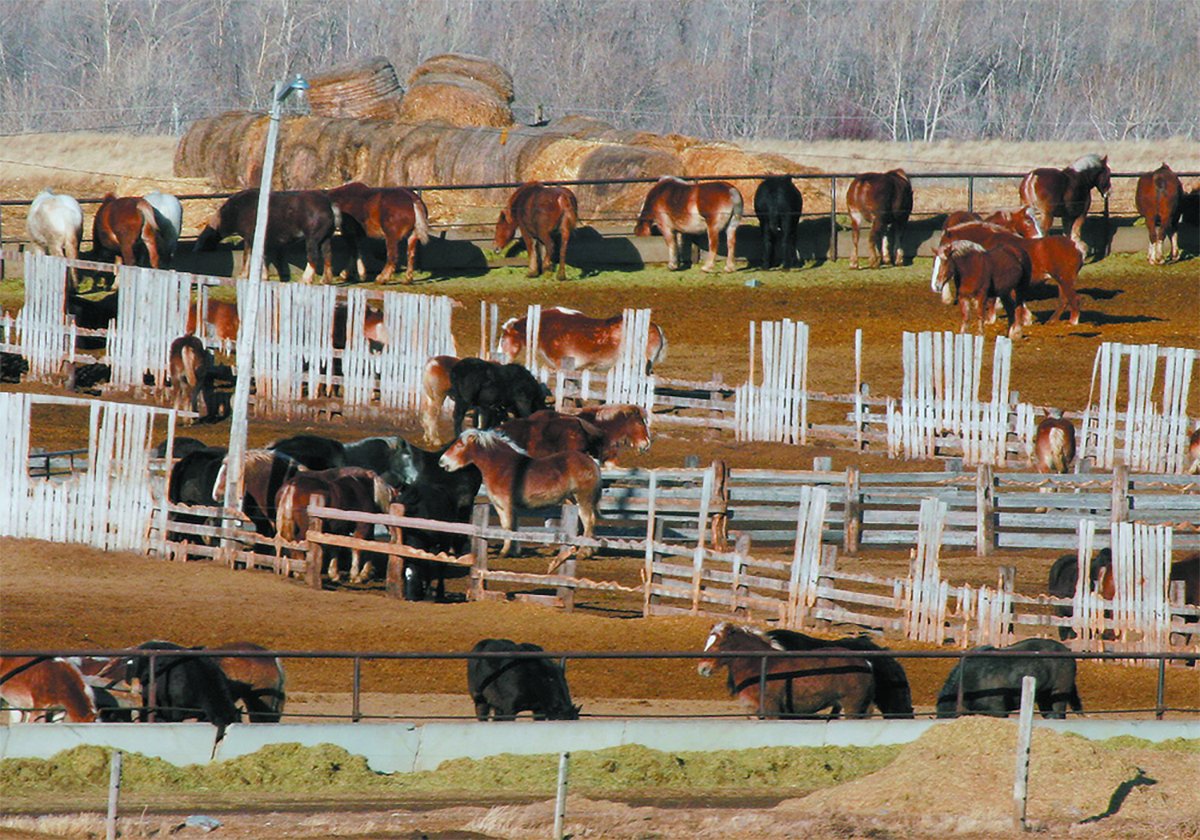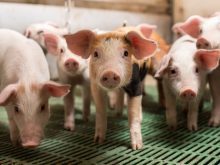REGINA – A decision to return to the farm has paid off for Ashlee Mitchell.
The Manitoba Limousin breeder, who farms with her parents, Blair and Diane Mitchell at Virden, Man., earned a hat trick when the breed association awarded the family show bull of the year, sire of the year and dam of the year.
The show bull is named BDM Little Zipper and his mother is BDM Daisy Mae, dam of the year. The sire of the year was TMF Samuri.
At 29, Ashlee has returned to the farm to work full time with her parents managing the cattle. Her brother, Rob, is an electrician.
Read Also

Canada’s slaughter horse industry lacks transparency
The lack of clear reporting and public access to data keeps the industry largely hidden, leaving questions about humane treatment and traceability unanswered.
The family travelled to 19 cattle shows this year.
“We tried to make it 20. Maybe next year,” said Ashlee, who also shows cattle for other producers.
“Lots of times we took off first thing 5 a.m. on Saturday and then we would pack up and head to another show on Sunday,” said her mother.
Little Zipper was supreme champion at six events and earned points for every major win. The recognition came at a good time. The family grain farms 300 acres and raises 60 purebred Limousin cows along with a commercial herd. They have had the purebreds for 10 years.
“She (Ashlee) is the one who worked us into showing because that is what she likes to do,” said Diane, who often accompanies her daughter to the shows.
A large portion of their property was flooded earlier this year because of record amounts of rain and 70 centimetres of snow last April. Some of their crop remains unharvested and they lost pasture and hayland.
They usually harvest 500 acres of hay, but this year they lost 125 acres. The cows had to be turned out on the hay because they ran out of pasture. Their corrals collapsed in the mud.
The weather turned hot and dry in July and the land was covered with a black crust after the water receded.
“Anyplace that was a low spot, now there are cattails probably 10 feet tall. Now we have to deal with trying to kill the cattails, ” said Diane.
“It’s been a hell of a year. I hope we never have another year like it.”

















